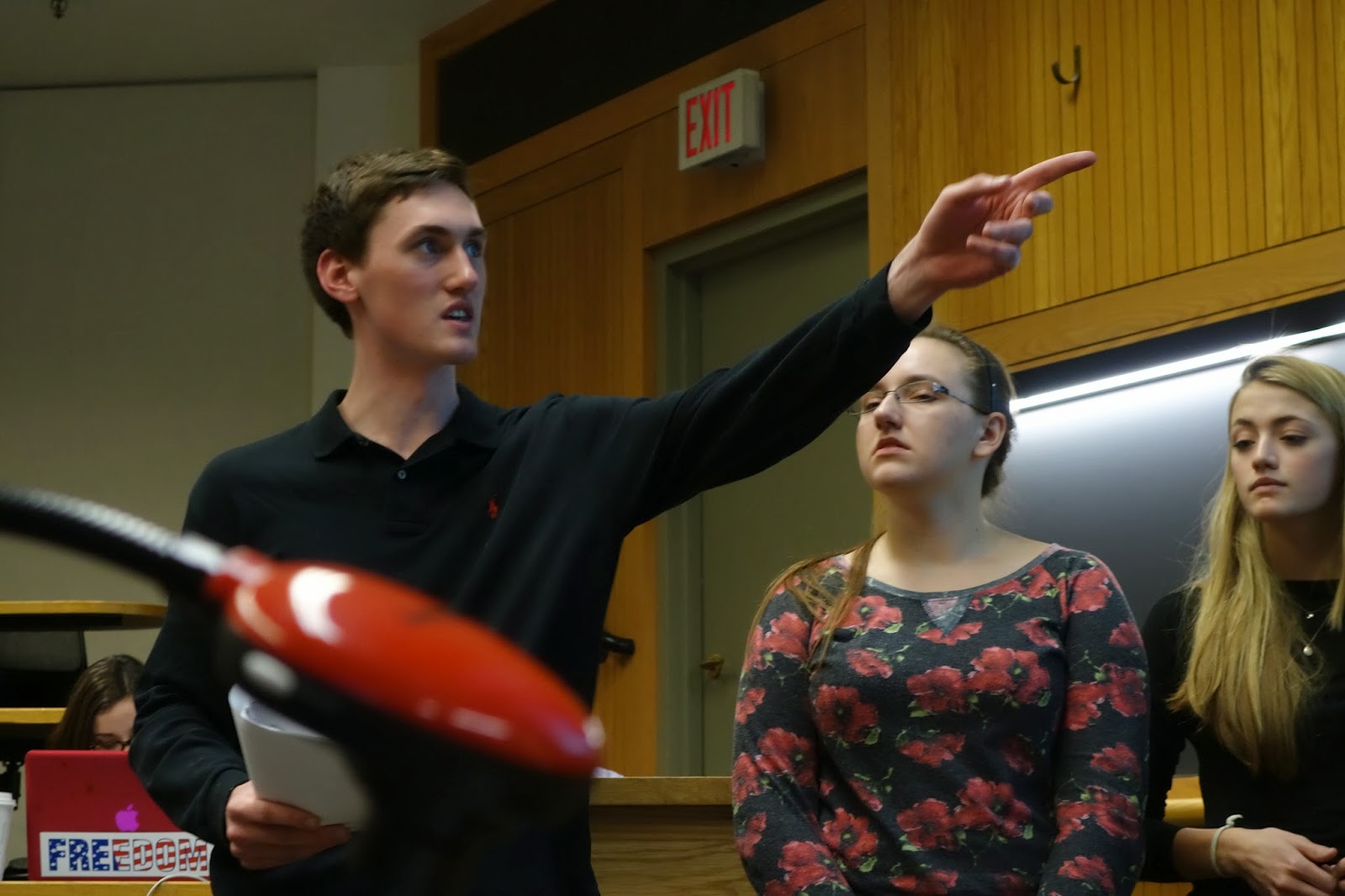- Public Policy
- Leadership
- Funding
- News & Events
- About the Center
Back to Top Nav
Back to Top Nav
Back to Top Nav
Back to Top Nav

Read a student's account of our most recent session in our Management Leadership and Development program below. For more information about MLDP, click here.
For this week’s MLDP session, David Uejio, with many years of experience in public policy, came to speak to us about slide design and presentation for the user experience. I settled into my seat, expecting a long, protracted lecture with lists of what to include or avoid when working with PowerPoint. Instead, Mr. Uejio talked to us about becoming artists, or at least active students of design, in order to cultivate our own aesthetics. One of the slides for his own presentation that he lingered on was a background image of a sketched storyboard for an animated feature. As he explained, the success of a presentation, whether it’s for a class project, corporate meeting, or tech forum, depends equally upon content that holds up under scrutiny and a design infrastructure that communicates an easily digestible narrative. We don’t want to have to make the audience work to understand, but at the same time, we want to hold their interest even if the material is necessarily repetitive and not particularly engaging.
Mr. Uejio mentioned a couple “toolkit” resources for slide design, including kuler.adobe.com for color palettes and the use of icons as organizational devices. However, he emphasized that ultimately we must develop our own aesthetic sense by exposing ourselves to as much “literature” as we can, so we can learn to discern what works and what doesn’t. To achieve an effective style, we have to consume what others before us have already tried, much like a writer tries to read as much as possible and a musician voraciously listens to as many recordings as she can find.
Toward the end of the session, we had the opportunity to design our own slides and construct design-conscious narratives on PowerPoint. We were given just bare numerical statistics to present in slide form, and some of the groups were able to give the cold numbers colorful, emotional contexts using stirring visuals and unusual graphics.
--Written by Alice Wang '16, Participant MLDP Winter 2014